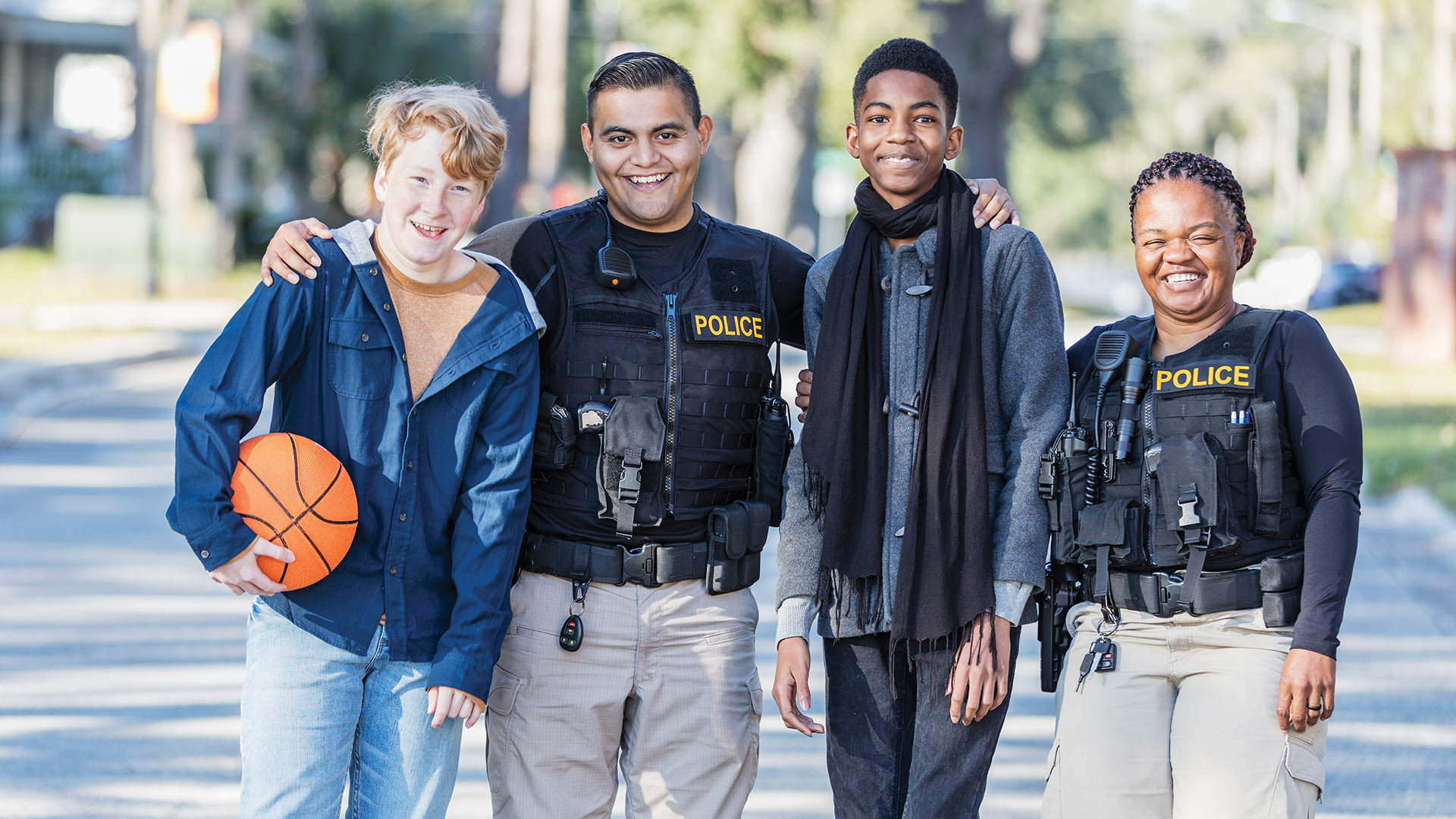
A strong and resilient law enforcement sector is vital to ensuring the health, well-being and safety of our families and our communities. That is why the Department of Justice’s Office for Victims of Crime (OVC) introduced the Fostering Resilience and Hope: Bridging the Gap Between Law Enforcement and the Community initiative, known as Project HOPE (social-current.org/engage/project-hope). Project HOPE is a three-year demonstration initiative that infuses the science of hope to build protective factors and assist law enforcement officers with addressing burnout, trauma and adversity in order to improve officer well-being and community connections.
Hope science is an evidence-based practice rooted in the belief that the future will be better than today, and that each of us play a role in making that future possible. Hope science is based on three simple ideas: setting valued goals, identifying the pathways or roadmaps to achieve those goals and managing the willpower to pursue those goals. Hope is strongly associated with physical, psychological and social well-being for individuals and reduced burnout, secondary traumatic stress and turnover for organizations.
For the last 15 years, research at the University of Oklahoma’s Hope Research Center (ou.edu/tulsa/hope) has focused on understanding the role of hope as a coping resource vital to buffering individuals from stress, adversity and trauma. This research led to the development of the Hope Centered and Trauma Informed® research-based curriculum that is the core of Project Hope’s efforts.
The latest research literature suggests that a direct correlation between feelings of hopelessness among officers tied to duty-related
stress or danger, as well as administrative stress and lack of organizational support, can impact community connectedness and the levels of trust displayed by both law enforcement and community members.
Trust is important on both ends of the law enforcement–community relationship spectrum. Police officials often rely on the cooperation of community members to provide information about crime in their neighborhoods, and to work with the police to devise solutions to crime and disorder problems. Similarly, community members’ willingness to trust the police depends on whether they believe that police actions reflect community values and incorporate the principles of procedural justice and legitimacy.
Fifteen law enforcement agencies1 from across the nation are currently working collaboratively through Project HOPE to incorporate training, advocacy and outreach around hope science to help build those community connections in the following ways:
- Offering Hope Navigator trainings that provide background in the science of hope and how it can be applied to goal setting and pathways.
- Distribution of a new evidence-based curriculum for leadership, staff and new recruits that uses hope science with a focus on strengthening culture, morale and wellness.
- Use of hope science messaging in recruitment, retention, peer support and mentoring programs.
- Development of a Hope Award that stands as a symbol of hope, safety, resilience and community connection.
Project HOPE is facilitating collaboration and innovation and building a learning community and body of knowledge around law enforcement workforce resilience and community engagement with the ultimate goal of strengthening our connections to communities and providing officers with the tools they need to achieve their goals of fostering safer, stronger communities.
As seen in the June 2024 issue of American Police Beat magazine.
Don’t miss out on another issue today! Click below:





